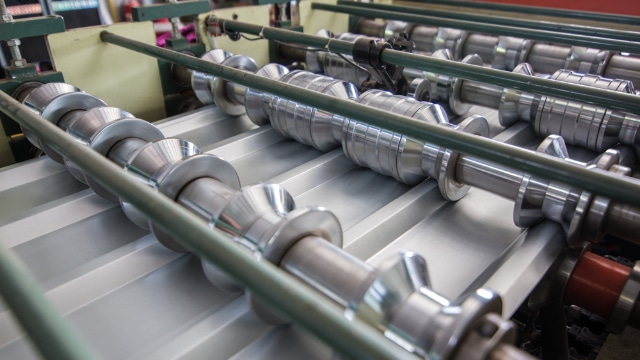
Is In-House Tooling Worth The Investment?
Figuring out whether in-house tooling is worth the investment is tricky. Whether it makes sense for you comes down to the size of your shop. Large enterprises may be able to lower prices by keeping work in-house, while smaller firms may find that they don’t have enough support staff to justify operations.
Whether in-house tooling is worth the investment requires breaking down costs and finding out how it might improve your project’s budget or quality.
Ownership of Tooling
Owning your own tools can bring benefits. Cost-amortisation, for instance, lets you maintain full ownership of your tools while avoiding hidden fees and keeping cash flow healthy. Companies can spread payments over many months or years, avoiding large capital outlays. Owning tools also improves long-term ROI. Once the tools are yours, you no longer have to rent or lease them or make repayment instalments. You can then repurpose them for other projects. However, the capital expense is high. Money might be better spent elsewhere.
Monitoring The Production Process
When you outsource tooling design, you essentially hand management and supervision over to a third party. With in-house roll milling, you get to oversee it yourself. If you need a high level of supervision, you may prefer the second option to the first. However, you may not have effective production process monitoring systems in place, and developing them may be expensive.
Roll Forming Costs
Lastly, you’ll want to consider the cost of roll forming once you install tooling in-house compared to outsourcing. How much it is likely to cost you depends on several factors, including the labour input required, the complexity of the shape, and raw material cost. Again, you will need to calculate the per-unit cost of production in-house and compare that to what you’d pay to outsource. In many cases, the latter is more affordable, particularly for complex projects.
When Should YOU Think About Outsourcing?
Given that in-house sheet metal rolling has numerous advantages, how do you know when you should consider outsourcing?

The Production Volume
If your production volumes are low, the benefits of an in-house sheet metal rolling process will be quite limited. You’ll need to spread the cost of purchasing, repairing, and maintaining machinery over fewer units of output. By contrast, if production is high, then the fixed costs you incur per unit will be lowered.
Hiring and Training Staff
You’ll also want to consider your current human resources. If you already have crews trained in sheet metal rolling, then in-house setup costs will fall. However, if you need to invest in training, the financial cost of bringing rolling metal sheets in-house will go up. Always ask whether your internal output justifies the time and money cost of training.
Cost Efficient
Lastly, you’ll want to consider your cost-efficiency. Rolling metal sheets in-house may be substantially more expensive than going to professionals. Dedicated firms use sophisticated roll-form machines that can interpret CAD inputs to create products with the precise specifications you need.
Outsourcing can be challenging at times, and it is important to understand when to change your roll form tooling supplier and how to minimise disruption.
Bellcliffe Engineering Rolling Mill Services And Products
With Bellcliffe Engineering’s rolling mill services and products, you can meet your rolling sheet metal requirements, without having to develop systems and an in-house procedure. Simply place your order and receive the materials you need with short lead times.
Read more ...